One of the best examples is a short train ride from the capital towards the coast. The city of Ostia served as Rome’s harbour and, in the first century AD, had a population of approximately 50,000 people. Large areas of the city were excavated in the twentieth century, exposing the forum, a theatre, and temples, as well as warehouses and multistorey apartment blocks known as insulae.
The most famous Roman-era towns where it is possible for visitors to again walk along the ancient streets are Pompeii and Herculaneum on the Bay of Naples, which were buried in the AD 79 eruption of Mount Vesuvius. Here, the bars, shops, brothels, and houses attract more attention than the monumental public buildings.





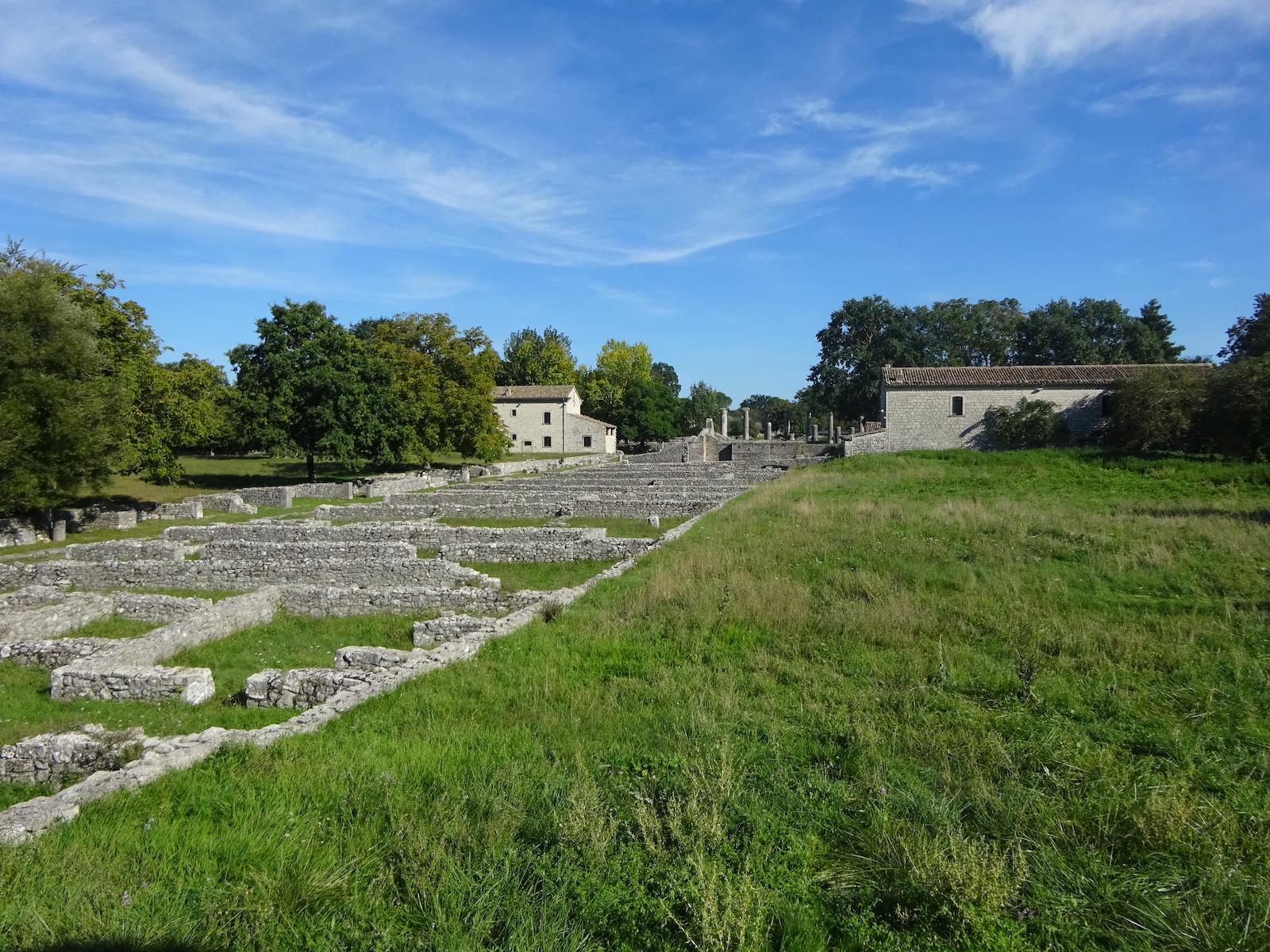

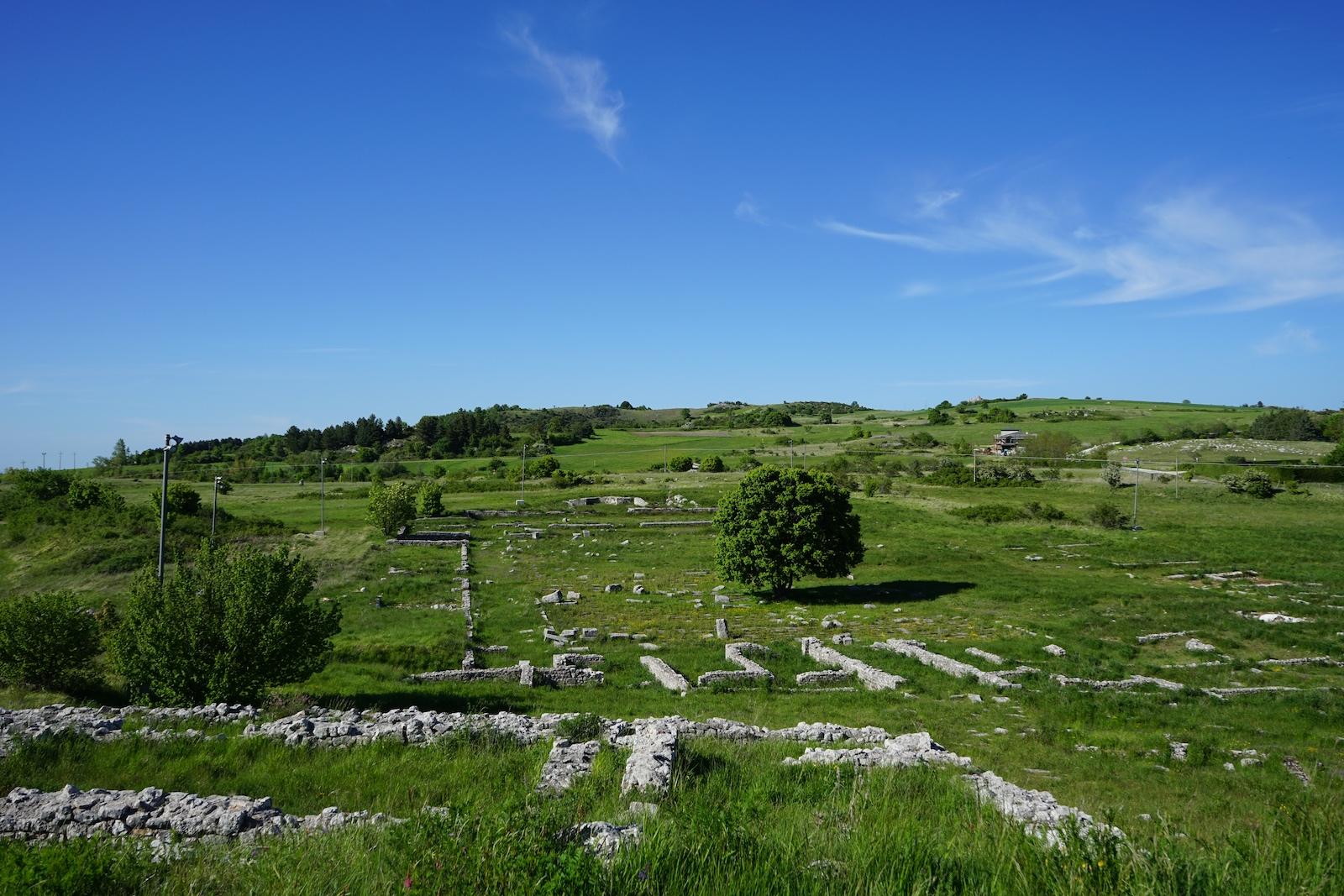

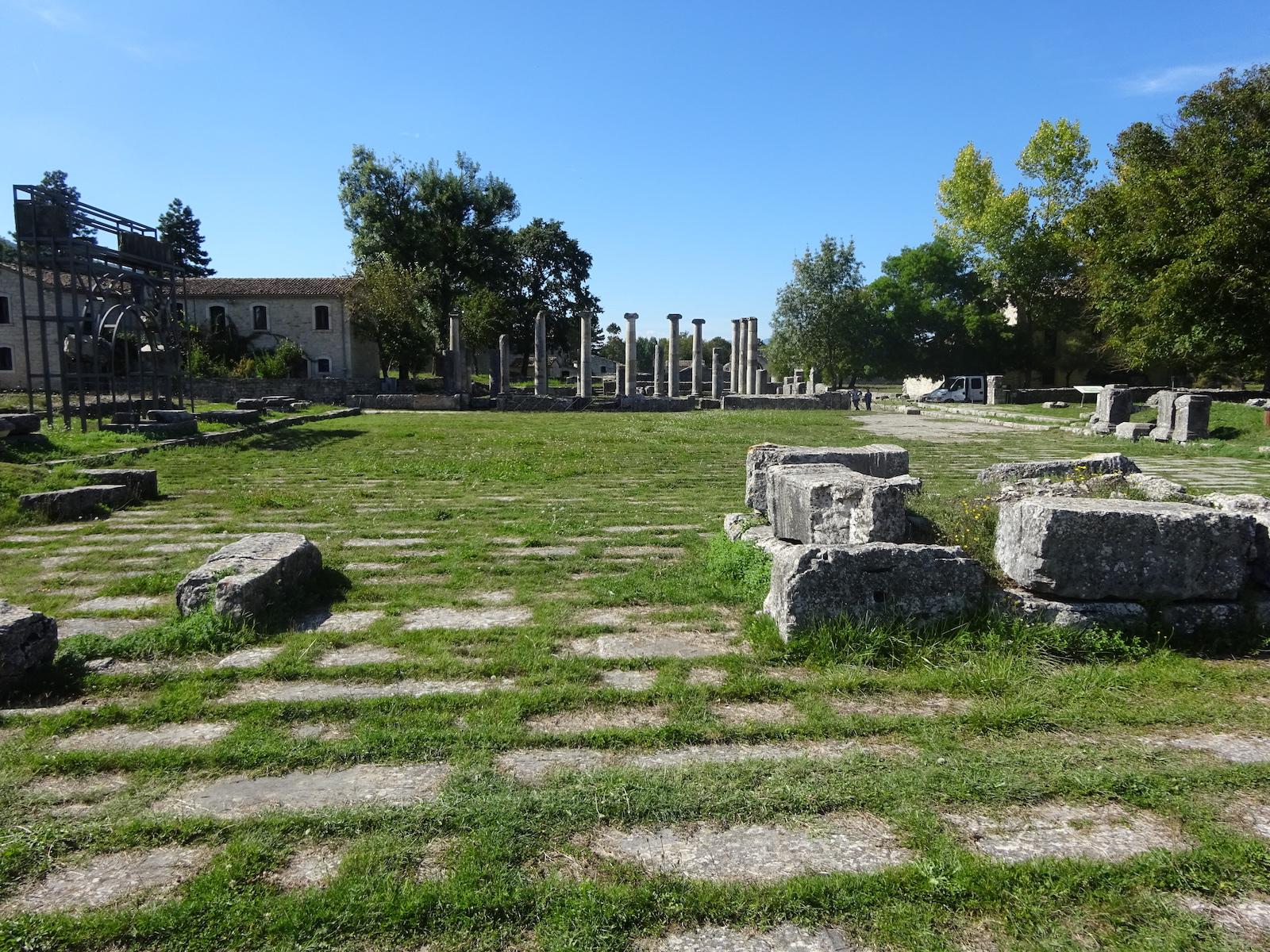

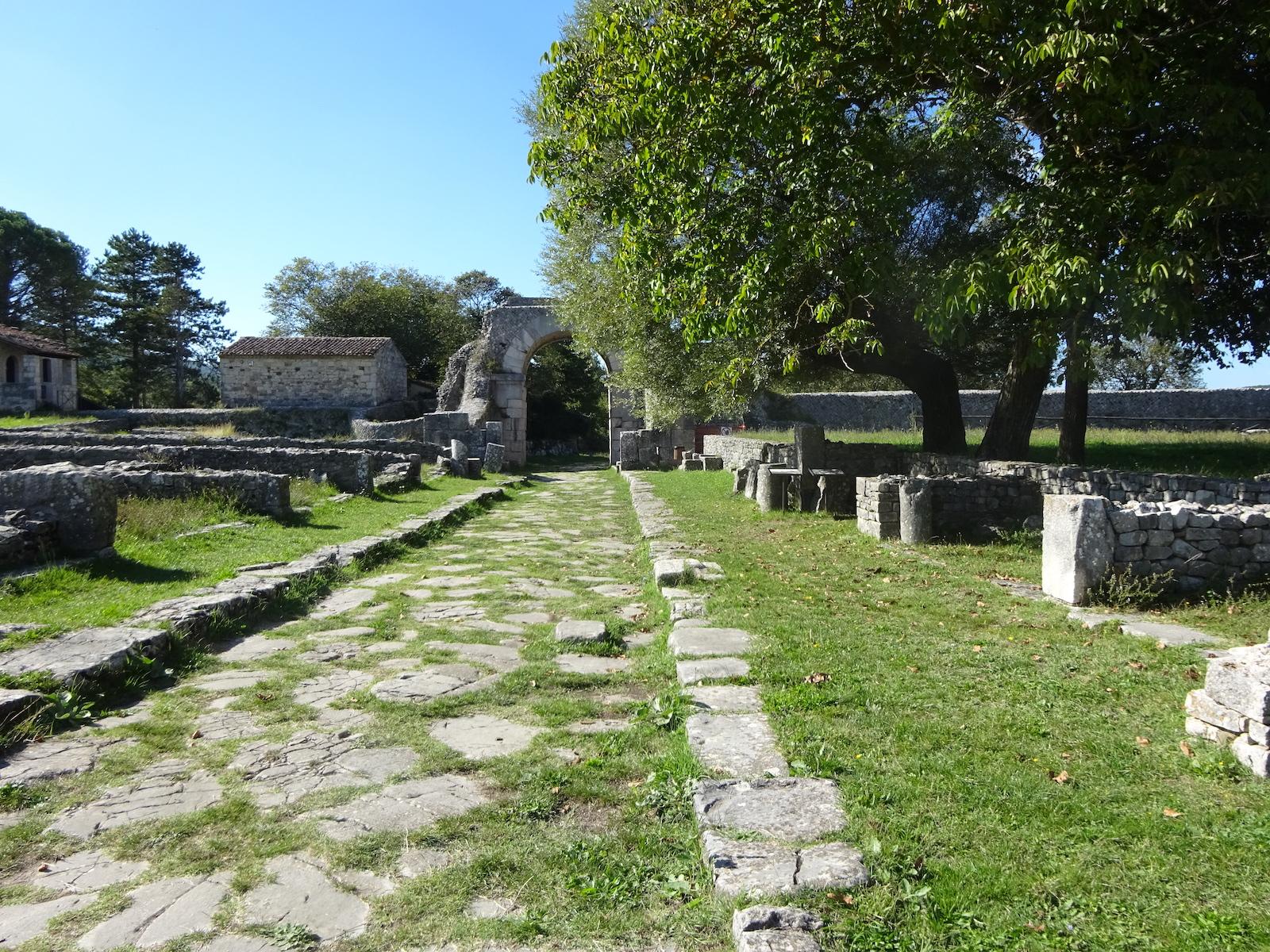
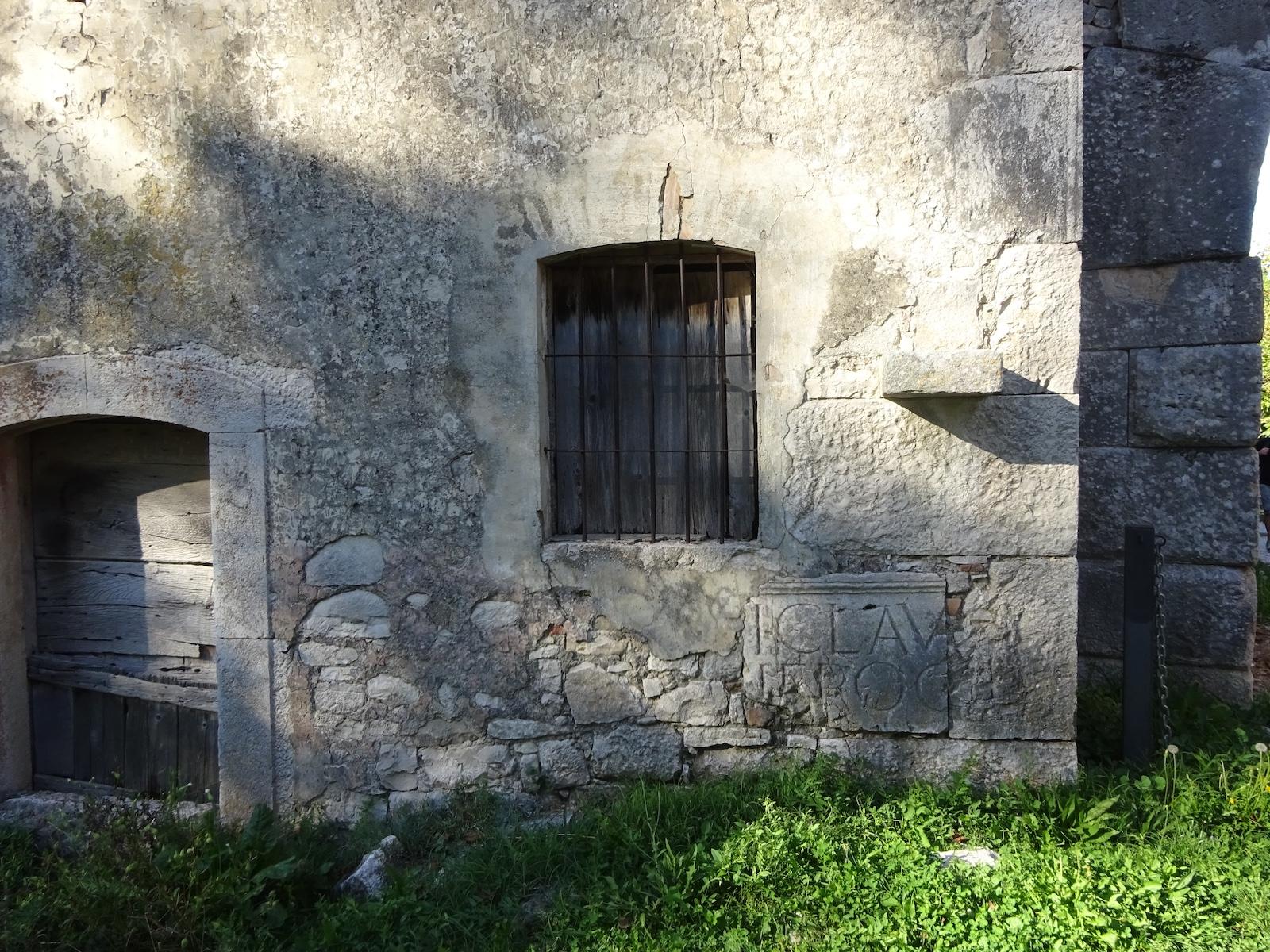


















![DEl Kathryn Barton [Australian b. 1972] the more than human love , 2025 Acrylic on French linen 78 3/4 x 137 3/4 inches 200 x 350 cm Framed dimensions: 79 7/8 x 139 inches 203 x 353 cm](/sites/default/files/styles/image_5_column/public/ab15211bartonthe-more-human-lovelg.jpg?itok=wW_Qrve3)



